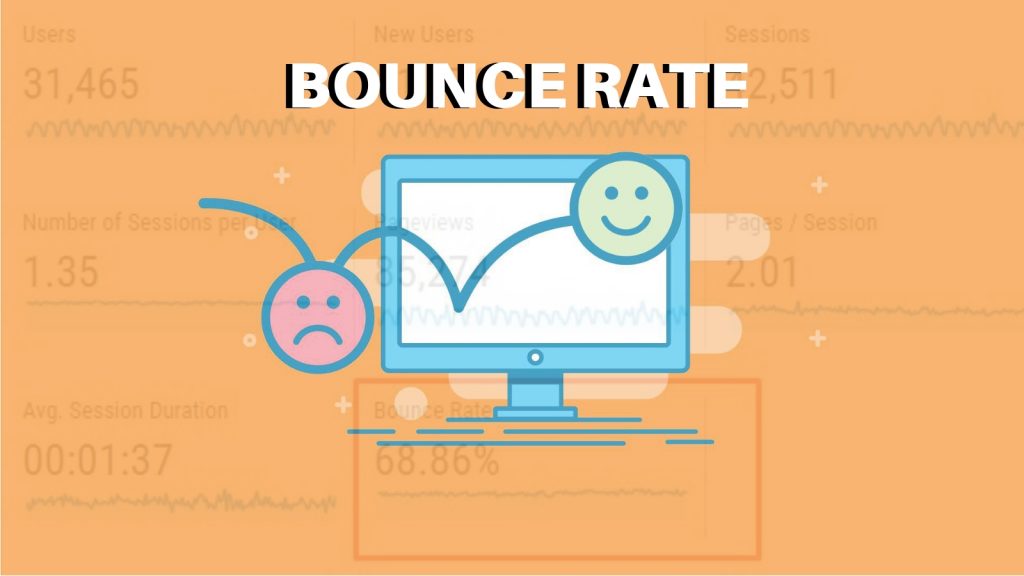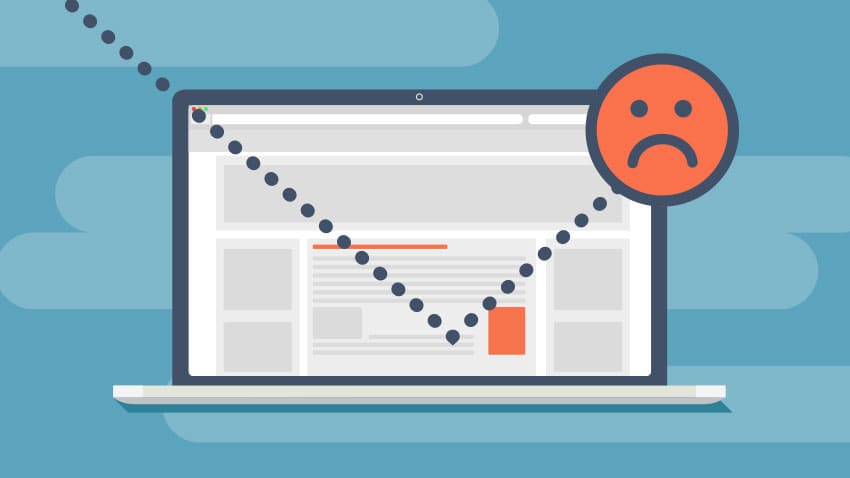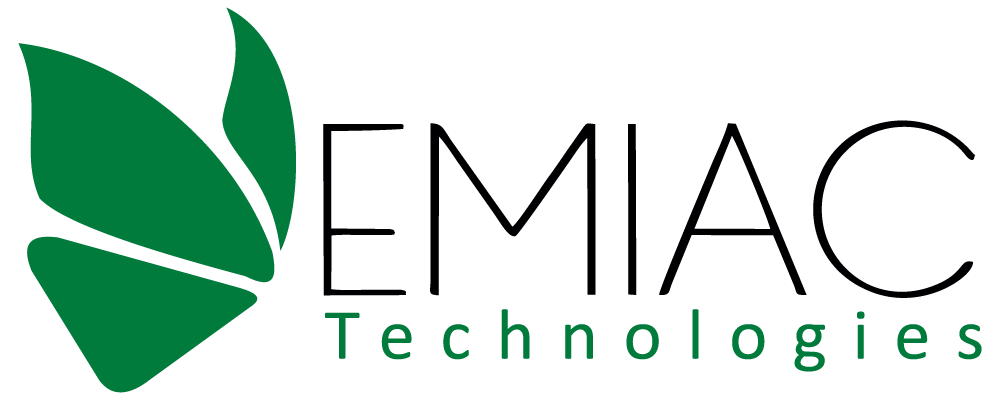Well, to determine how successful a website is, there are a lot of parameters. The number of times the content has been read or shared, as well as the number of comments you have received on the post, are some of the parameters used to determine the value of the content.
However, to create successful content, Google analytics is an essential tool. A lot of tools are used to have a clear understanding of the website. The bounce rate is one of the analytical tools and is the first obstacle the content needs to clear.
About bounce rate:
The bounce rate is a parameter, determines the number of viewers who leave the webpage without any action. An action includes filling a form, clicking on the link, or making a purchase order. However, the importance of bounce rate is communicated below:
- The conversion rate of the website can be increased if you can stop a visitor from bouncing.
- A higher bounce rate states the website has issues either with the page layout, content, or user experience.
- To determine the Google ranking, bounce rates are used. Google ranking is related to the bounce rate. So, ensure your website has a lesser bounce rate to have a higher rank.
A bounce rate ranging between 26 to 40% is termed as an excellent one, whereas a bounce rate above 70% is a poor rating.
Different types of bounce rates:

Source: Medium
To fully understand the bounce rate, you must know there are mainly four categories. They are discussed below:
- Channel report: The channel bounce rate is the one, availed from different channel groupings, and is termed as channel report.
- Audience Overview: The audience overview shows the overall bounce rate, known as the audience overview.
- All page Report: A bounce rate, telecasts the result of individual pages is named all page reports.
- All traffic Report: The report shows the bounce rate from each source is known as all traffic reports.
Process of improving the bounce rate:

Source: LyncServe
A high bounce rate means your website is lacking behind compared to any other website. It can be due to an improper landing page or any problem. Let’s find out the process to improve the bounce rate.
Improving the readability of the content:
Lack of readability is one of the parameters because of which the targeted customers might like to leave the site. Depending on legibility and readability, user experience is developed. A reader would like to avoid large chunks of words. Great content with poor formatting can also lead to a high bounce rate.
A person would not want to go through the content, which fails to create a user experience. Good content must have a bold and big headline, subheading, as well as bullet points. It helps the viewer in skimming the article.
Along with that, use a lot of charts, images to draw the attention of the viewer. Bold the keywords and try to write engaging content. It will help in reducing the bounce rate and increasing the user experience.
Improve the way of brand storytelling:

Source: Whole Whale
Good storytelling will help in targeting the right audience. But, for that, ensure brand storytelling is an appropriate one. People mostly scan the page and look for something that can stand out in the crowd. It must have clarity and should connect to the reader. A connection helps the client in building trust with the brand.
High-value traffic keywords:
Keywords can help in either making or breaking a content marketing campaign. Start targeting the keywords, if you wish to improve the bounce rate or increase the traffic. A high-value keyword can accomplish four parameters, which are conversion value, traffic value, brand value, and persona value.
The right and fresh content:
Businesses update their website with the fresh and right content and achieve more leads. Compelling content is the one that can evoke a “WOW” reaction from the reader. By continually adding new blogs to your website, you can successfully build trust with your clients.
A creative call to action:
At the end of the content, provide a strong call to action. The call to action should be the one that convinces the viewers to purchase the product. If not, at least they should think about it. You must include a compelling call to action, and users must click on the link after reading it.



